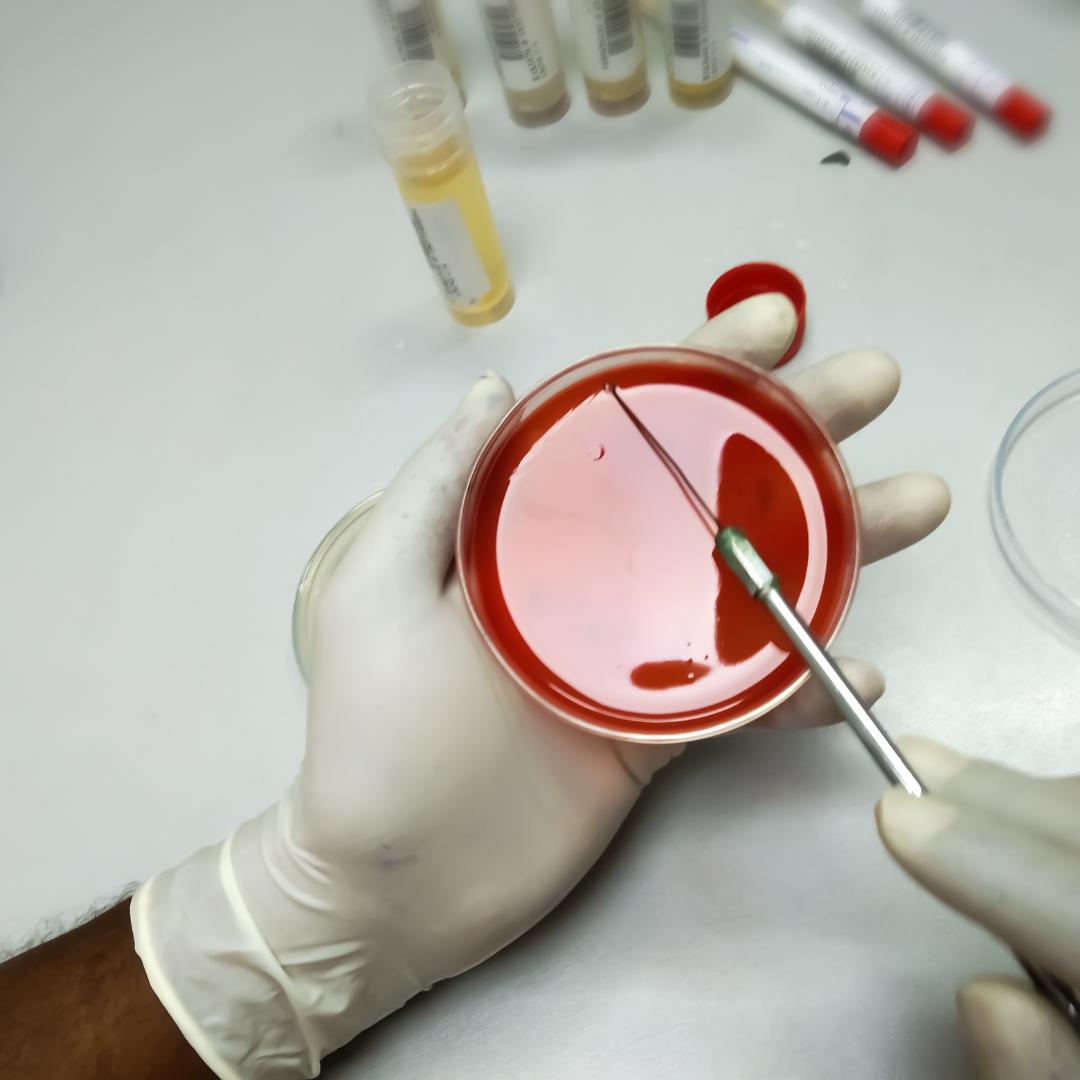Cervical Cancer Awareness Month

January is Cervical Cancer Awareness Month. About 14,000 women are diagnosed with cervical cancer every year in the United States. Early detection is key as this particular disease tends to spread fast and quietly. Cervical cancer generally has no signs or symptoms until the later stages.
Prevention and early detection has shown to dramatically reduce healthcare costs and long term symptoms associated with cervical cancer and its sequela.
What causes cervical cancer?
Cervical cancer is cancer within the lower uterus. It connects the uterus to the vagina. Cancer within the cervix is usually either squamous cell carcinoma or adenocarcinoma. Squamous cell carcinoma develops in the flat, thin lining of the cervix. Adenocarcinoma develops in the glandular cells that line the cervix. Squamous cell cancer is more common than adenocarcinoma.
What are some risk factors?
Risk factors include:
- being diagnosed with HPV (recognized as a significant risk factor)
- having many sexual partners
- engaging in sexual activity at an early age
- being diagnosed with other STI’s (sexually transmitted infections)
- chlamydia
- gonorrhea
- syphilis
- HIV/AIDS
- having a compromised immune system
- physical inactivity
- active smoker
- exposure to DES.
- DES is diethylstilbestrol, which is a miscarriage prevention drug that many women took in the 1950’s. A fetus may have been exposed to this component when in utero.
How Does HPV influence the development of Cervical Cancer?
HPV (human papillomavirus), a sexually transmitted disease, plays a role in cervical cancer formation. The virus can reside within the body for years and can lead to abnormal cell formation in the cervix. The distorted outer layer of uterine tissue is a common precursor in cervical cancer development. There is an HPV vaccine, developed in 2006 which has helped to significantly reduce cervical cancer rates.
Signs and Symptoms of Late Stage Cervical Cancer
As previously discussed early stages of cervical cancer often go unnoticed for years.
Later stages of cervical cancer include:
- vaginal bleeding between periods, after intercourse or after menopause.
- watery, bloody vaginal discharge. This discharge may be heavy and/or have a foul odor.
- chronic pelvic pain or pain during intercourse.
Recommendations To Reduce Risk
Routine Pap tests help to identify precancerous cervical conditions starting from age 21. If this cancer can be caught in its early stages, survival rates increase dramatically to over 90%. Cervical cancer was previously the leading cause of death in women in the United States.
Other factors to mitigate risk include regular exercise, not smoking and practicing safe sex.
How does Physical Therapy Help?
Pelvic health physical therapists do not directly treat cervical cancer. However, they are heavily involved in managing pelvic pain symptoms, incontinence and deconditioning after cancer treatment. Cancer treatment often includes surgery, chemotherapy, radiation therapy, and/or immunotherapy. Treatment is determined by the oncologist after extensive testing to determine the specific type and stage of cancer present.
Pelvic health physical therapists are introduced into the plan of care either during pre-hab (right before treatment/surgery) or after cancer treatment. Pelvic health physical therapists will work with you over the course of weeks to months to improve pelvic pain, incontinence and deconditioning.
Pelvic Floor Symptoms
When pain occurs within the pelvic floor the muscles reflexively react and become tightened with areas of localized tightness often forming. These are termed trigger points and can pull on the surrounding fascia (ligaments, tendons and muscle fibers). Muscles become inhibited and are more difficult to engage leading to muscle weakness and deconditioning. Deconditioning and fatigue is very common after cervical cancer treatment (surgery, chemotherapy or radiation therapy) which takes considerable energy and support to overcome.
Incontinence is common with cervical cancer and can be either bowel or bladder incontinence. Treatment involves strengthening the pelvic floor muscles and reteaching the correct muscle coordination for appropriate bladder control and bowel movements.
Sexual dysfunction is also reported and involvement of a mental health practitioner can be beneficial to coincide with pelvic physical therapy.
What is Pre-hab?
Pre-hab or rehabilitation before surgery is becoming more common and was shown to have some benefits for women undergoing radiation treatment. Pre-hab is a program to strengthen up the muscles in preparation for radiation and/or surgery. The muscle weakness/loss after these medical procedures tends to not be so drastic.
Dilator Use After Cancer Treatment
Dilators are often used in home therapy after being taught by a pelvic health physical therapist. They can be difficult to introduce if women have undergone brachytherapy. Brachytherapy is a type of internal radiation therapy that is placed in the vaginal canal, similar to placement of dilators. Many women object to using dilators as it reminds them of the brachytherapy treatment. Dilators can be very beneficial in reducing pelvic pain, improving sexual dysfunction, improving bladder and bowel, and restoring vaginal tissue. They should be strongly considered in long term management to prevent shortening and tightening of the vagina (stenosis).
References
- Pain and Psychological Outcomes After Rehabilitative Treatment for a Woman With Chronic Pelvic Pain With Stage III Cervical Cancer: A Case Report. https://www.ncbi.nlm.nih.gov/pmc/articles/PMC4851247/
- Pre-rehabilitation of the pelvic floor before radiation therapy for cervical cancer: a pilot study. https://link.springer.com/article/10.1007/s00192-020-04391-5
- Vaginal dilator therapy for women receiving pelvic radiotherapy. https://www.ncbi.nlm.nih.gov/pmc/articles/PMC4171967/
- Impact of Physical Inactivity on Risk of Developing Cancer of the Uterine Cervix: a case-control study. https://www.ncbi.nlm.nih.gov/pmc/articles/PMC4920713/
- Cervical Cancer Awareness Month. https://www.nccc-online.org/cervical-health-awareness-month/







